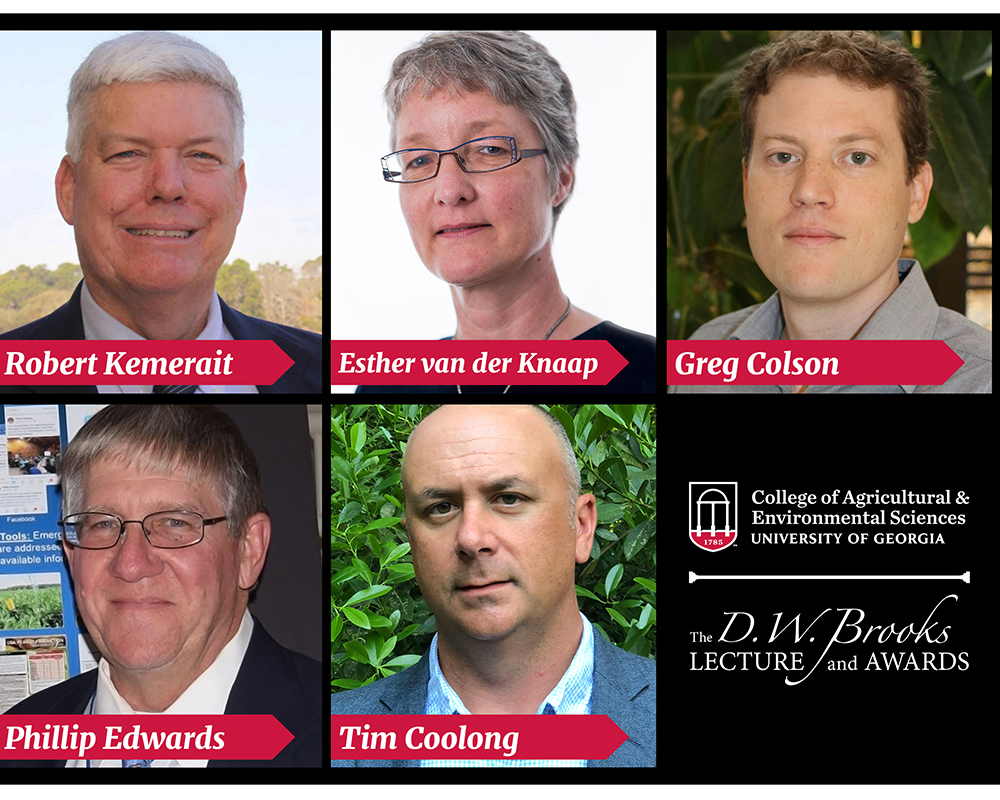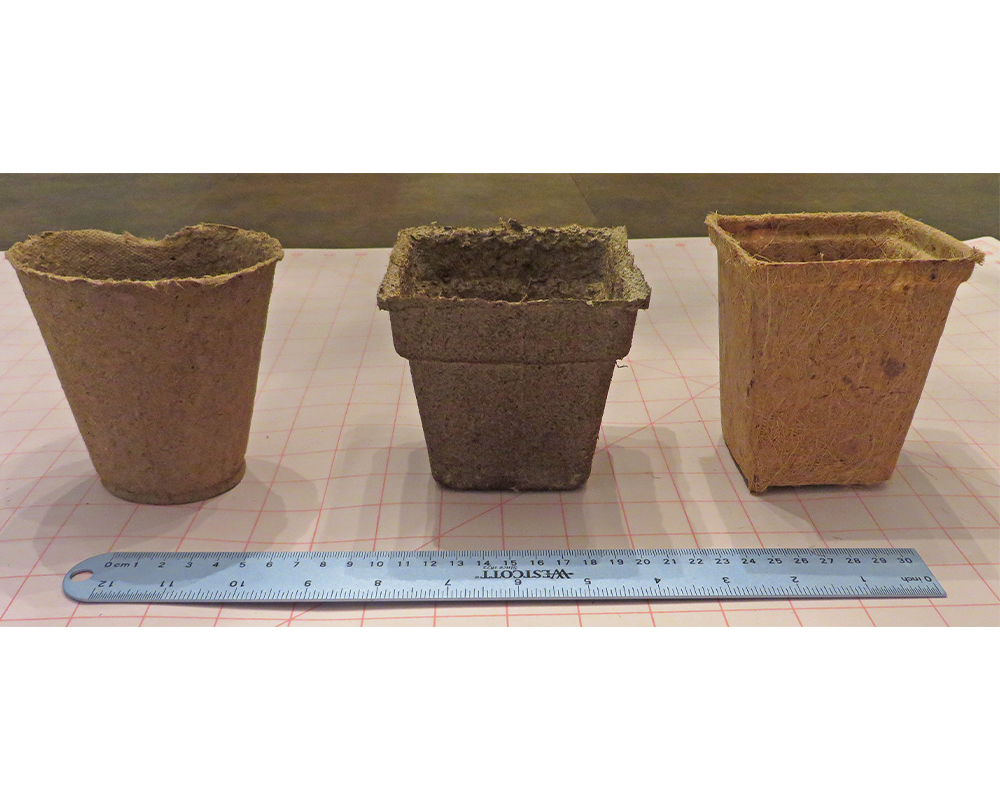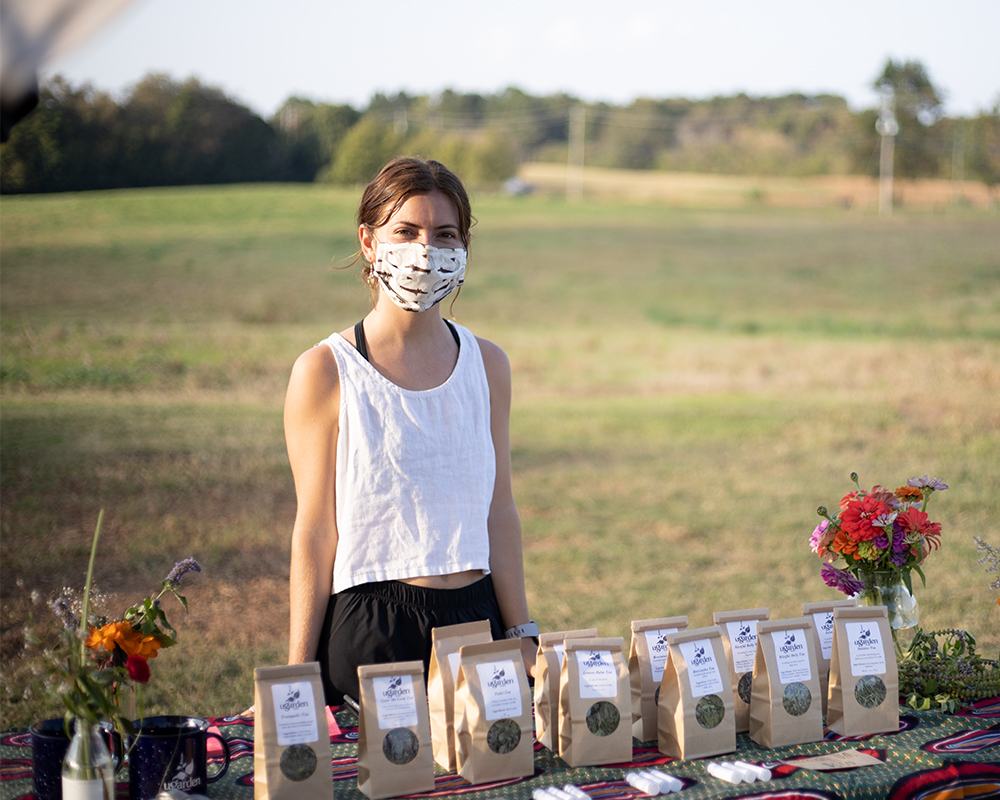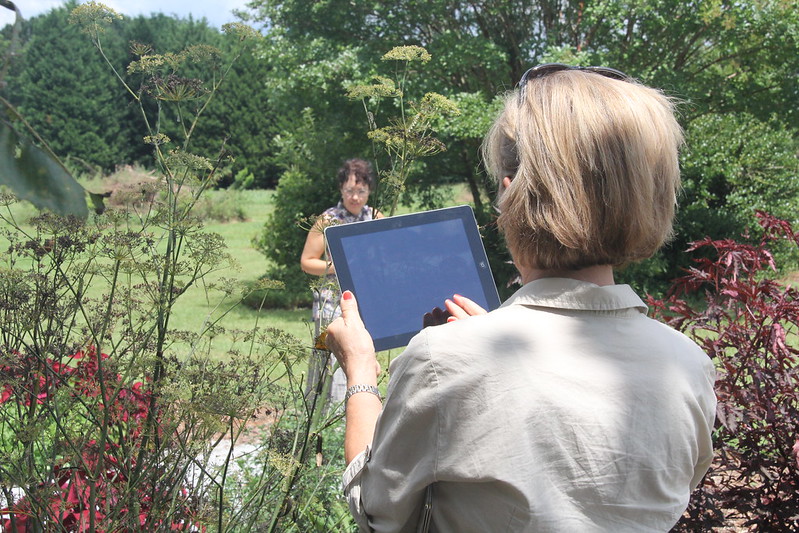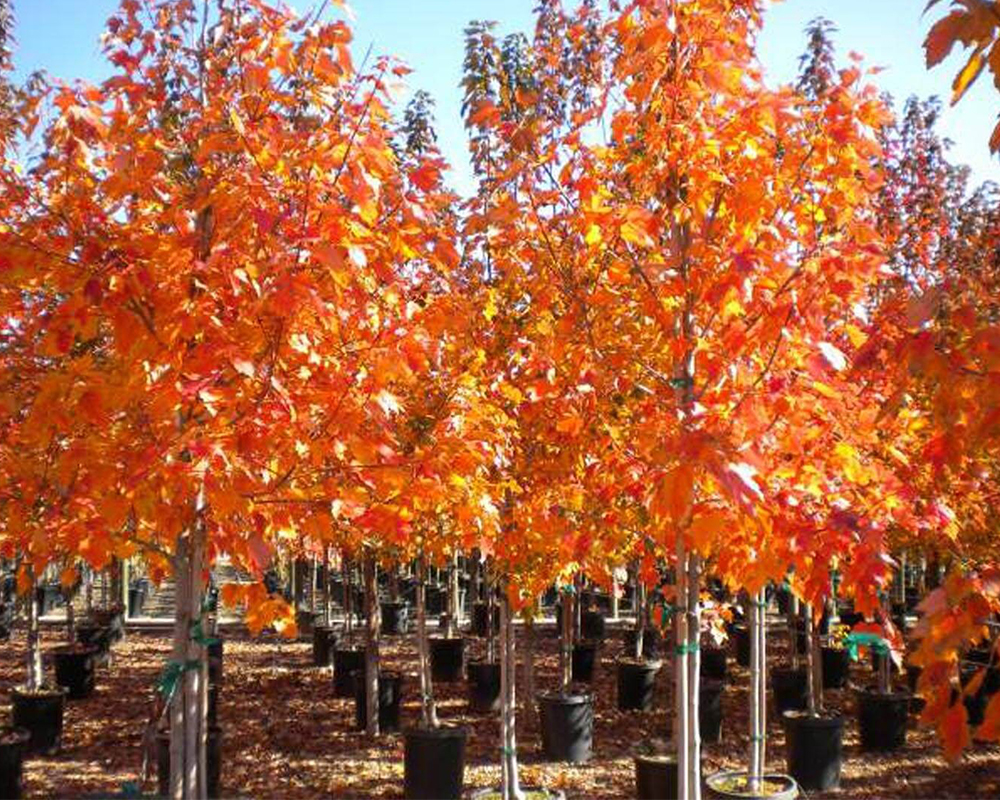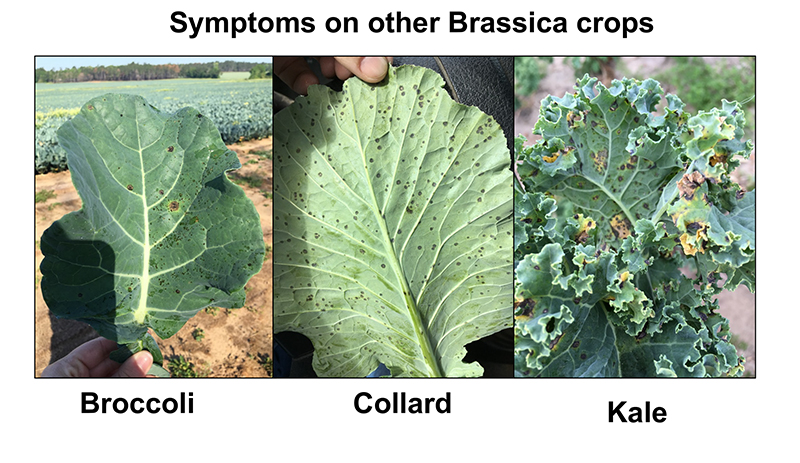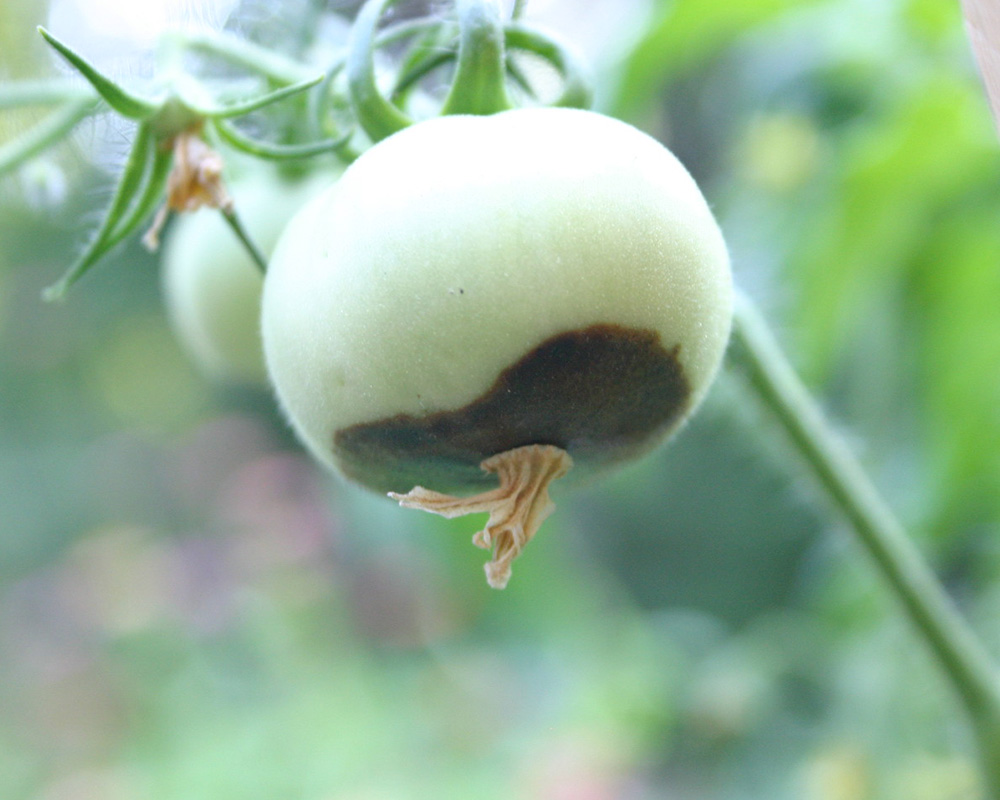 CAES News
CAES News
Tomato Research
Home gardeners and commercial farmers alike can attest to the disappointment of seeing a beautiful tomato ripening on a vine, only to discover that the fruit has dark, sunken pits at the blossom end of the fruit. Called blossom-end rot (BER), this physiological disorder is prevalent in fruit and vegetable crops, including tomatoes, and can cause severe economic losses.

